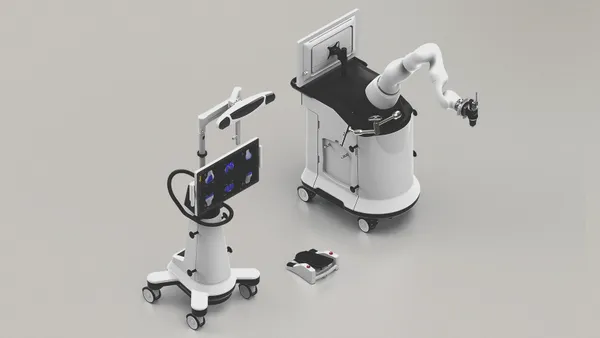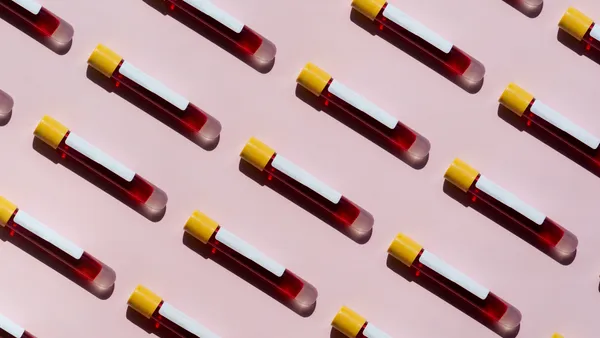Dive Brief:
-
FDA has finalized guidance on the use of broadcasts of surgical or percutaneous procedures involving investigational devices.
-
Some developers of products under investigational device exemptions (IDE) present footage of procedures at scientific meetings. FDA said there are benefits to broadcasts, such as their ability to attract investigators and subjects, but said it's necessary to regulate and restrict their use.
-
The final guidance published this week is a major rewrite of a 2014 draft, which AdvaMed criticized for failing to differentiate the variety of scenarios in which broadcasts take place.
Dive Insight:
Companies wanting to present live or pre-recorded footage involving experimental devices need to ask FDA for permission in either the original IDE or in a supplement to the filing. The final guidance sets out the information applicants need to include in filings and discusses the factors FDA, institutional review boards and other groups should consider when assessing the appropriateness of broadcasts.
The draft guidance covered similar ground but that document had different objectives. In the draft, FDA aimed to shift its "evaluation of the inclusion of a live case presentation in an investigation to a one-time prospective protocol review at the time the original IDE application is submitted." Industry pushed back on the move to phase out the use of IDE supplements received.
"FDA should clearly acknowledge in the guidance that in many instances, information about a specific live case presentation (or even if a live case presentation will be conducted) will not be known or available at the time the original IDE is submitted, and thus the live case presentation will have to be submitted as an IDE supplement," AdvaMed wrote in its feedback on the draft.
In response, FDA removed the line about trying to shift the timing of requests to broadcast. The final guidance nonetheless nudges applicants toward early filings. Because sponsors typically make broadcasts to attract investigators and subjects, "it is generally not appropriate to request a live case presentation for a clinical investigation nearing completion," the guidance states.
The revised objective is one of many changes to the guidance. One of the biggest changes is the removal of a section on promotion and advertising. FDA’s draft would have required sponsors to “provide a rationale” for why a broadcast would not violate prohibited practices such as promotion and test marketing.
AdvaMed criticized the requirement, arguing it was "overly burdensome and unnecessary" because FDA should be able to determine if a broadcast complies with the rules based on the sponsor’s reasons for making the presentation. FDA responded by removing the requirement and a broader section on promotion and advertising. All that remains of the section is a statement that "sponsors must not use live case presentations to promote or test market an investigational device."
Responding to another point made by AdvaMed, FDA has clarified that footage from technologies that automatically capture video, such as laparoscopic devices, is outside of the scope of the guidance. Footage captured as part of a hospital’s standard policies, for example to share with patients, is also exempt from the requirements.
FDA did not accept all of AdvaMed’s requested changes, though. AdvaMed called for FDA to broaden the scope of the guidance to cover the use of broadcasts in investigator training. However, there is no reference to training in the final guidance.











